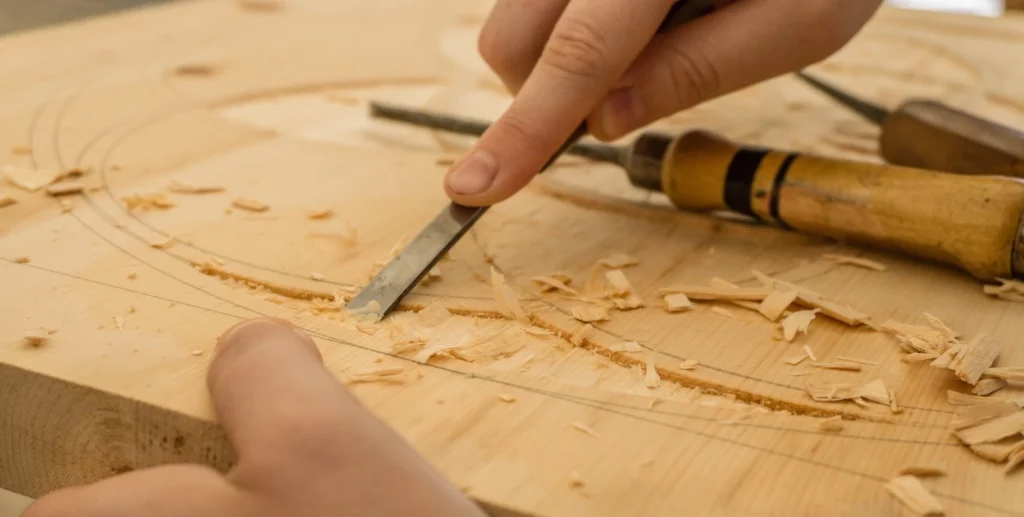Beginner’s Guide: Introducing Sand Paper into Your Artistic Process
Artists are constantly exploring new techniques and materials to enhance their creative process. One such material that has gained popularity in recent years is sandpaper. Sandpaper, also known as abrasive paper, is a versatile tool that can be used in various art forms, including painting, drawing, and sculpture. In this beginner’s guide, we will explore the different types of sandpaper, their uses, and how to incorporate them into your artistic process.
Understanding Sandpaper
Sandpaper is a coated abrasive material that consists of a paper or cloth backing and abrasive particles bonded to it. The abrasive particles can be made of various materials, such as silicon carbide, aluminum oxide, or garnet. The particles are graded based on their size, which is referred to as the grit. The higher the grit number, the finer the abrasive particles.
Sandpaper comes in various forms, including sheets, sanding blocks, rolls, discs, and sponges. Each form has its own advantages and is suitable for different applications. For example, sandpaper sheets are ideal for large surfaces, while sanding blocks provide better control and precision.
Choosing the Right Sandpaper
When selecting sandpaper for your artistic process, it is important to consider the type of material you are working with and the desired outcome. Different materials require different types of sandpaper to achieve the desired effect. Here are some common types of sandpaper and their recommended uses:
- Silicon Carbide Sandpaper: This type of sandpaper is ideal for sanding metals, plastics, and ceramics. It is known for its fast cutting action and is available in both wet and dry forms.
- Aluminum Oxide Sandpaper: Aluminum oxide sandpaper is suitable for sanding wood, paint, and metal. It is durable and long-lasting, making it a popular choice among artists.
- Garnet Sandpaper: Garnet sandpaper is commonly used for sanding wood. It is less aggressive than silicon carbide or aluminum oxide, making it ideal for delicate surfaces.
- Wet Dry Sandpaper: As the name suggests, wet dry sandpaper can be used both wet and dry. It is commonly used for automotive applications, such as sanding primer or removing paint.
Using Sandpaper in Painting
Sandpaper can be a valuable tool in the painting process, allowing artists to create unique textures and effects. Here are some ways you can incorporate sandpaper into your painting:
Creating Texture
By sanding the surface of your canvas or painting panel with sandpaper, you can create interesting textures that add depth and dimension to your artwork. Experiment with different grits and techniques to achieve the desired effect. For example, using a coarse grit sandpaper will create a rough texture, while a fine grit sandpaper will create a smoother texture.
Removing Mistakes
If you make a mistake while painting, sandpaper can be used to remove the unwanted paint without damaging the underlying layers. Simply sand the area gently until the mistake is removed, and then repaint the area as needed.
Blending Colors
Sandpaper can also be used to blend colors together seamlessly. By lightly sanding the edges where two colors meet, you can create a smooth transition between the colors. This technique is particularly useful in creating realistic skin tones or soft gradients.
Using Sandpaper in Sculpture
Sandpaper is an essential tool for sculptors, allowing them to shape and refine their creations. Here are some ways you can use sandpaper in sculpture:
Smoothing Surfaces
After sculpting a piece, sandpaper can be used to smooth the surface and remove any rough edges or imperfections. Start with a coarse grit sandpaper to remove larger imperfections, and then gradually move to finer grits for a smoother finish.
Adding Details
Sandpaper can also be used to add fine details to a sculpture. By carefully sanding specific areas, you can create intricate textures or patterns that enhance the overall design.
Creating Contrast
By selectively sanding certain areas of a sculpture, you can create contrast and highlight specific features. For example, sanding the edges of a sculpture can create a sense of depth and make the piece stand out.
Tips for Using Sandpaper
Here are some tips to keep in mind when using sandpaper in your artistic process:
- Always wear protective gear, such as gloves and a mask, to protect yourself from dust and particles.
- Start with a coarser grit sandpaper and gradually move to finer grits for a smoother finish.
- Use light pressure when sanding to avoid damaging the surface.
- Regularly clean the sandpaper to remove debris and prolong its lifespan.
- Experiment with different techniques and grits to achieve different effects.
Conclusion
Sandpaper is a versatile tool that can add depth, texture, and detail to your artwork. Whether you are a painter or a sculptor, incorporating sandpaper into your artistic process can open up new possibilities and enhance your creative expression. By understanding the different types of sandpaper and their recommended uses, you can choose the right sandpaper for your specific needs. Remember to experiment, practice, and have fun with sandpaper to discover the unique effects it can create in your artwork.



















